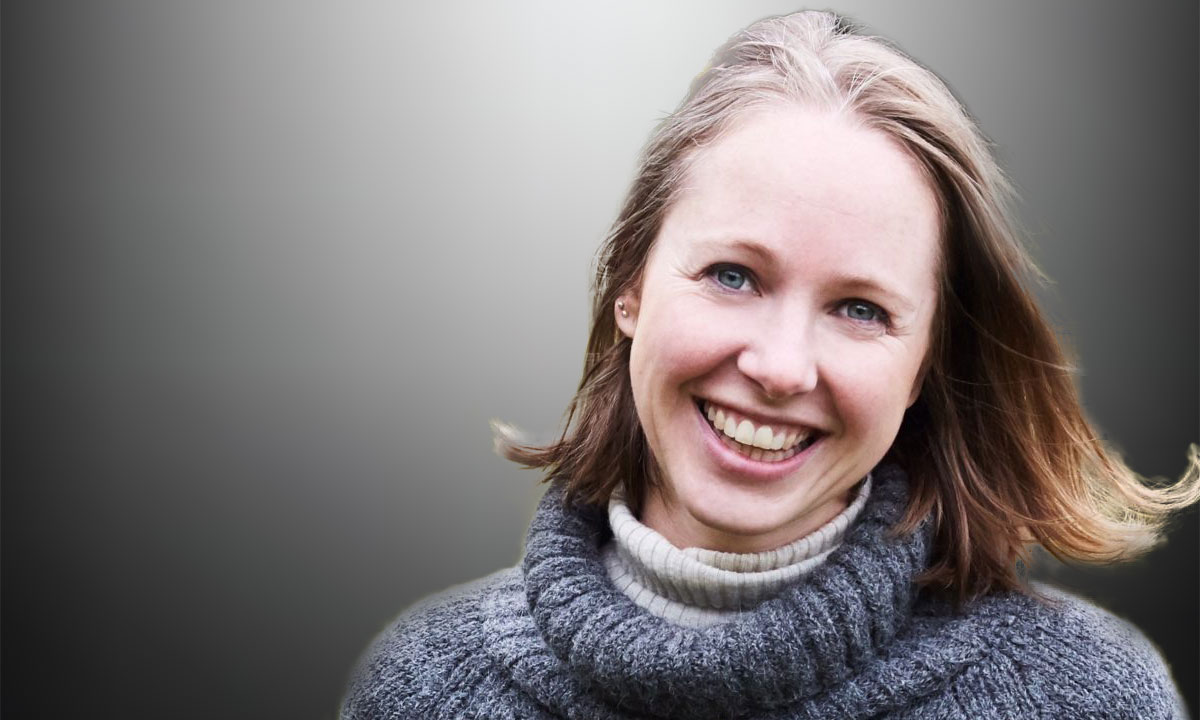I HAVE wrestled with an inner dichotomy for my whole life: I love learning, but I am not naturally academic. With immense discipline, procrastination, self-loathing, self-loving and brainpower, I can eventually read journal articles, make notes, memorise and write essays. Once I get into the academic zone, I enjoy it — I love discovering new perspectives, connecting the dots and understanding the world at a deeper level. But I much prefer learning by doing. I’ll cook along to a YouTube video, knit without a pattern (jokes, only when it’s a plain-stitch scarf), and build an app using my intuition rather than any technical process knowledge. Getting my hands dirty and experiencing knowledge first-hand is how I learn best.
Working in the health sector, I can get overwhelmed with the endless number PDFs that I file in a “to read” folder. I find myself drifting off as panelists speak with no structure or narrative. And I catch myself leaning forward and squinting at the computer screen in an effort to absorb and contextualise lists of statistics.
There’s no doubt in my mind that this information is valuable. The world relies on this evidence-based technical information for human health — it is literally the thing that underpins our existence.
I picture Health Ministers on the couch in their pyjamas, winding down for the evening, looking at their tablets through their glasses sliding slightly off their nose. It’s 9 pm, they are feeling tired from a non-stop, overstimulated day, yet there is always a to-do list waiting. To work, or not to work? Twenty-eight-page black-and-white journal article, or the latest episode of The Crown? Taking into account the importance of work–life balance and the brilliance of Claire Foy’s performance, my point is that there are a myriad of ways we can more effectively communicate this life-saving information. We can beautifully and meaningfully bring to life the fruits of our research, intellect and dollars.
NCDFREE was founded to do just this. To achieve our vision — “a world free from preventable noncommunicable diseases (NCDs), and a generation equipped and empowered to co-achieve it” — on a daily basis, this means taking the brilliant technical information out there, and translating and presenting it in appealing and engaging ways so that it has relevance to ministers, doctors and the next-door neighbour alike.
Alas, “NCD” is not the sexiest of terms. Yet, as the cause of more than 70% of deaths globally, NCDs — which include cancer, respiratory disease, cardiovascular disease, diabetes and mental illness — are relevant to every single person on the planet.
So how can we communicate on NCDs in an engaging way? What does effective health communication look like?
Challenge the status quo
Question the process, format, medium, delivery model, and audience.
Why does research more often than not have to be published in black-and-white PDF format? What if the abstract was delivered via a short video or animation? What if Julia Roberts shared a key message as an emotive movie trailer? How can we help people listen to important statistics? Launch well branded social media campaigns? Could teenagers or “average Joes” with vested interest in specific policies deliver ministerial briefs?
With scale, and a shift in perception and priorities, ideas like these don’t have to be cost-prohibitive. In fact, these are things that corporate brands throw billions of dollars at each year.
Storytelling
Take your reader, listener, viewer on an adventure. Joseph Campbell’s Hero’s journey will have your protagonist (be it a patient, intervention or piece of data) entering new worlds, slaying dragons and sharing learnings. Take a leaf out of TED’s book and build narrative, structure and emotion into whatever you are communicating – from a patient’s diagnosis through to statistical analysis or training modules. Even the seemingly driest of data can give you goosebumps if presented with flair.
Design
When I see something well designed, I sigh with relief and pleasure. Quality, considered design makes life easier. Just like a well designed kitchen with the right amount of bench space and cupboards. Design elements like infographics can help contextualise information.
Tone
Use language and tone that speaks to humans. Doctors, policy makers and CEOs are people too. Frame concepts in easy-to-digest terms. If “mental health” is too scary, try “stress management” or “mental toughness” instead. Though they’re sometimes a source of ire, listicles work for Buzzfeed’s 75-million-plus readership. Humour can be highly effective too. I actually laughed out loud when someone showed me her plush keyring in the shape of a chlamydia bacterium — it was certainly an amusing way to break the ice on the often taboo topic of sexual health.
Technology
If Alexa can sing us a lullaby and order our toothpaste, surely she could read us the latest health news? As technology and our levels of comfort with it evolve, it can be used to health’s advantage to develop emotive and interactive experiences. Podcasts, games and other technology can be used to make difficult concepts relatable to the non-academic crowd.
Producing effective and engaging communications means striking a delicate balance: hard data are usually too dry to be digestible to the average person, but important messages can be lost and diluted if they’re put into poorly thought-out, overly designed presentations. Maximising the impact of our research means that we must understand the power of our hard-earned health evidence and present it in stimulating ways that can promote behavioural change, influence policy, and empower health professionals with the necessary knowledge to do their job.
Lucy Richards is the Executive Director of NCDFREE, a crowdsourced global social movement dedicated to getting NCDs on the map of young people. She was a finalist in the Young Australian of the Year awards for her work with mental health app Smiling Mind.
To find a doctor, or a job, to use GP Desktop and Doctors Health, book and track your CPD, and buy textbooks and guidelines, visit doctorportal.

 more_vert
more_vert